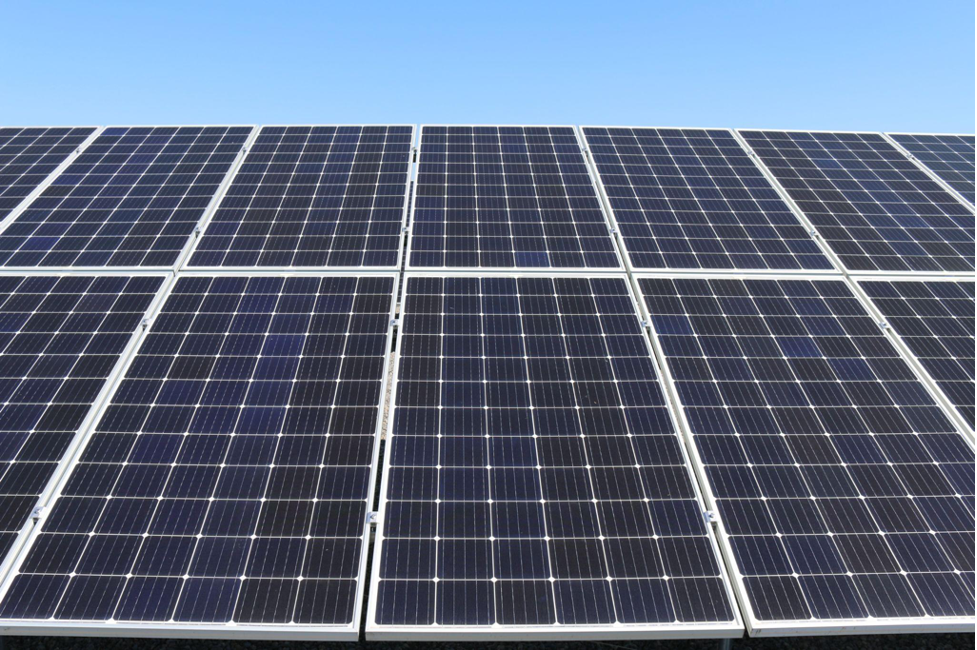Solar lighting solutions offer a cost-effective and eco-friendly way to illuminate the exterior of your home. Capturing solar energy during the day, these lights use this power to charge their batteries that are built into them.
They don’t feature wire connections, making them less susceptible to theft. They are also perfect for rural areas where grid-powered lighting systems may be costly and complex to set up.
Solar lights use special solar panels to convert the Sun’s rays into electricity, which is then stored in a rechargeable battery that provides power long after sunset. To maximize durability and charging cycles, these lights generally feature nickel-metal hydride (NiMH) batteries compared with standard Nickel Cadmium ones. You can click the link: https://www.techopedia.com/nickel-metal-hydride-battery-nimh to learn more about these batteries.
Photovoltaic cells within a solar panel are wired directly to a rechargeable battery, so when sunlight strikes the photovoltaic cells, they generate electrical current which is then passed onto the battery where it is converted to chemical DC power – this powers an LED bulb during night time!
Solar lighting also relies on light sensors. A photoresistor, a tiny piece of circuitry, ensures that lights switch on at night and off during daylight – acting like a microcontroller to ensure fairy lights illuminate at their designated times.

Cost-effectiveness
Solar lighting solutions provide a cost-effective alternative to traditional electricity.
Their many benefits make them an attractive option for commercial and industrial properties alike. These benefits include reduced utility costs due to lessening or even eliminating lighting costs altogether, customization to meet various needs, environmental benefits such as tax credits from both federal and state sources and enhanced energy efficiency features that further decrease consumption.
To maximize battery lifespan and reliability, it’s crucial to select one with adequate capacity and needs for your system, while LED bulbs provide longer lifespan and less maintenance requirements than their incandescent counterparts. You can visit this helpful site to learn more about the energy benefits associated with LED light bulbs. This demonstrates how easy it can be to conserve energy with a few small changes to your regular household routine.
Solar lights offer numerous benefits, including decreasing energy grid demand, carbon emissions reductions and security benefits. Furthermore, these lights are great solutions for use in rural areas where running electrical wires would be expensive or in emergency lighting during natural disasters, grid outages or accidents.
When selecting solar lights, take note of how many lumens will best suit your space. This number depends on both its use and installation environment – for instance, streetlights require more lumens than security lighting does.
Solar lighting systems can make an invaluable addition to any new development project, from buildings and parking lots to parks, these lights can mean saving on electric bills while creating a sustainable image for your community.
These solutions are especially ideal for communities without centralized power infrastructure such as remote regions; its illumination of walkways and streets helps improve quality of life while decreasing traffic accidents; furthermore it reduces their reliance on costly fuel sources like kerosene.
Environmentally friendly
Solar lighting uses renewable energy sources that do not pollute the environment or produce greenhouse gasses, making it environmentally-friendly and cost-saving. Plus, its long lifespan reduces replacements while cutting maintenance costs.
Solar lighting market has seen tremendous expansion due to its environmental advantages. Solar lights comprise solar panels which convert sunlight to electricity, rechargeable batteries, and LEDs – with motion sensors or timers being used to activate this system so as to reduce power usage; additionally they do not need direct connections to the grid, further cutting installation and maintenance costs.
Solar powered street lights can be an excellent way for urban planners to promote sustainable design and create a green image for their project. A solar power street light could be integrated into a housing development to reduce its carbon footprint and increase energy efficiency.
Contrary to fossil fuels, solar energy is an inexhaustible resource; it won’t pollute or run down over time as you use it and is an environmentally friendly option compared to conventional energy sources. Solar is among the most environmentally responsible power alternatives available.
Energy independence
Government schemes provide householders with affordable access to clean lighting that creates a comfortable living space; these homeowners save on bills thanks to reduced financial burden of paying electricity fees.
Solar lights offer several safety features that make them an excellent alternative to grid-powered lighting, including motion sensors and security lights to increase protection while discouraging criminals. Furthermore, some models even come equipped with timers so you can switch the lights on/off at specified times throughout the day.
These lights are typically constructed with polycrystalline silicon, and can produce up to 1/2 volts of electricity from sunlight, which is then converted to illumination via LED bulbs for night time illumination.
Installation and maintenance requirements for solar lights are minimal – many are pluggable into wall outlets while some models include an internal solar panel that requires no wire connection to an outlet. You’ll likely find these types of products at most home improvement stores and online vendors.
Safety
Solar lighting plays an integral part in protecting the night sky’s natural beauty, unlike traditional lighting that produces unneeded light pollution. Solar lights are specifically designed to direct their illumination where needed while minimizing glare and waste; some even come equipped with shielding or light-diffusing technologies that further decrease light pollution levels.
Lighting your property is essential when it comes to keeping your family safe. Experts agree that solar lighting is safer for children and pets than traditional lights due to being cordless and not needing power sources, significantly reducing risk of accidents. Furthermore, installation is simple with no ongoing maintenance required other than regularly cleaning photovoltaic panels to keep dirt out.
Additionally, the lights are UL listed at a system level – an essential safety feature to ensure that their solar lighting systems are safe for use and avoid potential legal liability associated with using unlisted components.


Leave a Reply